
A concert recording from 1977 in Calgary, CA captured during Eugene Chadbourne's time in Canada prior to his move to NYC, from the guitar trio of Duck Baker, Randy Hutton & Eugene Chadbourne, performing on acoustic guitars, using a variety of approaches to improvising in trio, duo and solo configurations, with original work, an Ornette Coleman mashup, and a piece by Charlie Haden.
Out of Stock
Quantity in Basket: None
Log In to use our Wish List
Shipping Weight: 3.00 units
Sample The Album:
Duck Baker-nylon stringed acoustic guitar
Randy Hutton-steel stringed acoustic guitar
Eugene Chadbourne-steel stringed acoustic guitar
Click an artist name above to see in-stock items for that artist.
UPC: 5030243504923
Label: Emanem
Catalog ID: 5049
Squidco Product Code: 28297
Format: CD
Condition: New
Released: 2019
Country: UK
Packaging: Cardboard Gatefold
Recorded in Calgary, Canada, on February 27th, 1977, by Wade McGregor.
"In the late summer of 1975, I was visiting John Norris, my friend and editor at Coda Magazine, in Toronto, and happened to arrive the same day as a concert at A Space that John thought I would like. The featured artist was the young, Calgary-based guitarist, Eugene Chadbourne, who was also writing reviews for Coda (as well as other journals, notably the Calgary Herald). So I went along and introduced myself and the next day we met up and played together. And so began a musical relationship that continued on a semi-regular basis for the next several years, both in Calgary and then in New York after Eugene moved there and connected with John Zorn. At that point I was doing a fair amount of touring as a solo artist, playing in the clubs, coffeehouses, bars, restaurants, and occasional concert venues that were booking folk/acoustic acts in those days. For a while Eugene's apartment in Calgary was a regular stop on my cross-continental trips, and the first time I visited, in the summer of 1976, he introduced me to another guitarist who was involved with free music, Randy Hutton. Coincidentally, Randy was also a writer (also for the Calgary Herald, mostly).
This was exciting for me because, while I knew lots of acoustic guitarists who played folk, bluegrass, blues, ragtime, and swing jazz, I had not at that time met anyone else who was trying to base their guitar styles on Sonny Sharrock or Derek Bailey, or on what other free instrumentalists were doing. And though Eugene was actually younger than Randy and I, he already had a couple of self-produced solo LPs, and he was always a go-getter. He was fearless and positive about finding and organizing gigs, and networking with like-minded young musicians all over North America.
So Eugene organized a couple of concerts and a recording date for a Guitar Trio that included Randy and I, in late February of 1977. We played a gig that Eugene had magically come up with in Lethbridge, Alberta, and then at the Parachute Center in Calgary. After the Parachute show we went into the studio where Eugene's friend Wade MacGregor worked. I think this was how Eugene and Randy made a lot of their recordings in those days but it's the only time I have ever recorded after a gig in the middle of the night, something that was common practice for many of the big bands during the swing era. The only thing that was released from the session at the time was Eugene's Two Peafowls (as one side of his Guitar Trios LP on Parachute), but we also recorded two duos by Eugene and I, and a couple of Duck Baker solos. I was given studio dubs of this other material, which was finally released by Emanem in 2016 as part of my collection Outside. I also somehow wound up with a reel of tape that contained the live recording of the guitar trio at the Parachute Center, and managed not to lose it despite moving about 20 times over the next 40 years, until Joe Lizzi digitized it in early 2018. I had by then little memory of what the music sounded like, and no idea about the sound quality, but I was favorably impressed on both counts when I did hear it, and asked Martin Davidson if he would like to release it.
Later in 1977 Eugene moved to New York and threw himself into the scene there, and got involved with John Zorn. This association produced several further records on Parachute and other labels before Eugene moved away from the city a few years later. But I think many people don't have a clear picture of how surefooted a musician and composer Chadbourne was before he moved to New York. He was barely 23 at the time of this recording and was usually the youngest cat in the room or on the stage for all the projects he was involved in. He also played a significant part in bringing together people from all over the continent; it was Eugene who spread the word about John Zorn when no one had heard of him, and connected him with people like Henry Kaiser, Bruce Ackley, Davey Williams, LaDonna Smith, and Duck Baker. Eugene's ideas about composition were advanced and well formed in those early days. I remember him saying that the reason we wanted to work with charts and structures (a new idea to me for this music at that point) was to avoid the tendency of improvisers to find one way of playing together and keep falling back towards that; giving guidelines can actually help to open things up. The music here, especially on his originals, bears this out.
Randy Hutton also moved to NYC, a couple of years after Eugene, and has been there ever since. Randy had never been a full-time musician, and performed less and less as the years went by, though he did make an interesting duo record with drummer Peter Moller before leaving Calgary (Ringside Maisie, Onari Records). As one can hear on this record, Randy's instrumental voice was strong and clear and he gave no quarter to the two musical extroverts on stage with him. There was one later performance by the Guitar Trio, at Zorn's Theatre of Musical Optics in New York in July, 1978 (this was also recorded, and Eugene issued one track on a House of Chadpunk collection called Vision Ease, Vol. II). Chadbourne and I have hooked up a few times over the years for the occasional duo or bash with other musicians, but I think that the trio with Randy had something special going for it, and I'm happy that this music is seeing the light of day. It gives a fuller picture of what Eugene was doing during this early period, and adds considerably to Randy Hutton's recorded legacy.
Of the 7 live tracks included here, 4 are trio performances, 2 are solos, and there is one duo by Eugene and I. It's likely that other material was performed that either wasn't recorded or was on another reel of tape that has been lost. The trio pieces include one composition by Randy, two by Eugene, and a cubist medley of tunes recorded by Ornette Coleman ("Lonely Woman," "Comme Il Faut," and Charlie Haden's "Song For Che"). The live version of "Two Peafowls" is much shorter than the one we recorded later in the studio, and "So Long, Mom" had to be edited down, because in performance the last few minutes involved all three musicians getting up and moving around the stage, with some of us going hopelessly off-mic."-Duck Baker. 2018
"The photo was taken immediately before the concert. It shows from left to right: Baker, Hutton and Chadbourne. The stereo separation on both the concert and studio recordings is the same as on the photo. Baker played a nylon-strung flamenco guitar, which is generally quieter than the other two steel-strung guitars.
The seven concert tracks are presented in the order of performance, except that "Cards" was played after "White with Foam".
The original tape for the previously issued track could not be found, so this item had to be transferred from vinyl (by Joe Lizzi), then be cleaned up (by me). Since vinyl is bizarrely fashionable these days, I was thinking of leaving all the vinyl artefacts intact. Another possible idea was to include a coupon to download a box of Rice Krispies to be eaten whilst listening."-Martin Davidson notes on the release, 2018

The Squid's Ear!
Artist Biographies
• Show Bio for Duck Baker "Duck Baker is one of the most highly regarded fingerstyle guitarists of his generation. He is unique among jazz guitarists in that his repertoire spans the entire history of the music from ragtime through swing to modern masters like Thelonious Monk and Herbie Nichols to free improvisation. Baker's devotion to American music also encompasses more traditional forms like blues, gospel, and Appalachian music and its Scots-Irish ancestry. This catholicism has been likened to Europeans who perform the classical repertoire from renaissance through to modern music. Duck was born Richard R. Baker IV in 1949 and grew up in Richmond, Virginia. He passed his teenage years playing in rock and blues bands before becoming interested in acoustic blues. Local ragtime pianist Buck Evans was a major influence on Baker's evolution. By the time he moved to San Francisco in the early seventies, he was performing the wide range of material heard on his first record for the Kicking Mule label, "There's Something for Everyone in America". In addition to developing his solo style, Baker joined a bluegrass band and immersed himself in the local swing jazz scene, forming a duo with guitarist Thom Keats and performing with such Bay Area luminaries as Burt Bales and Robin Hodes. Baker remains active in this music, leading a trio with guitarist Bob Wilson and fiddler Tony Marcus. In the late seventies, Baker recorded four more records for Kicking Mule, including two devoted to jazz and the first solo guitar record of Irish and Scottish music. He also began touring as a soloist, traveling throughout North America, Western Europe, and Australia. He eventually moved to Europe where he was based for nine years before returning to San Francisco in 1987. It was also in the late seventies that Baker became associated with the free music scene, performing with musicians like Eugene Chadbourne and John Zorn in New York and Bruce Ackley and Henry Kaiser in San Francisco. His associations in the 90's included the highly regarded Irish fiddler, Kieran Fahy, and the great traditional singer, Molly Andrews. As of 2002 he is involved in several other duos: with trombone master Roswell Rudd, bassist Mark Dresser, and guitarists Jamie Findlay, Woody Mann and Ken Emerson. He also leads a trio which includes violinist Carla Kihlstedt and clarinetist Ben Goldberg. Baker's solo recordings since 1980 have for the most part focused on his own compositions, which reflect the influence of the great jazz pianist/composers like Monk, Nichols, Randy Weston, etc. His pieces have been recorded by various other guitarists, as well as Irish and American traditionalists and modern jazzmen.His most ambitious record, "Spinning Song", which is devoted to the music of Herbie Nichols, got rave reviews in Jazz Times, Cadence, Coda, and the New York Times, and helped establish Baker as an important voice in the world of fingerstyle jazz guitar. Various critics named "Spinning Song" among the best jazz records of 1997 in Cadence and Coda magazines, and it placed high on the Cadence reader's poll of that year. Acoustic Guitar magazine dubbed it "one of the best guitar records ever recorded - by anybody." " ^ Hide Bio for Duck Baker • Show Bio for Randy Hutton Randy Hutton is a Calgary guitarist and writer, involved with some of the early improvisations of Eugene Chadbourne and John Zorn. He was part of The Guitar Trio In Calgary 1977 with Chadbourne and Duck Baker, released on the Emanem label, which includes material released on the Parachute label. He also released a duo record with Peter Moller, Ringside Maisie on the Onari label. He moved to NYC in the 80s and can be heard in John Zorn's Cobra - "Live at the Knitting Factory" performing on synthesizer. His work is also heard on several Chadula label releases. ^ Hide Bio for Randy Hutton • Show Bio for Eugene Chadbourne "A seemingly endless -- and endlessly eclectic -- series of releases made the innovative guitarist Eugene Chadbourne one of the underground community's most well-known and well-regarded eccentrics. Born January 4, 1954 in Mount Vernon, NY, Chadbourne was raised in Boulder, CO, by his mother, a refugee of the Nazi death camps. At the age of 11, the Beatles inspired him to learn guitar; later exposure to Jimi Hendrix prompted him to begin experimenting with distortion pedals and fuzzboxes. Ultimately, however, he became dissatisfied with the conventions of rock and pop, and traded in his electric guitar for an acoustic one, on which he began to learn to play bottleneck blues. Perhaps Chadbourne's most significant formative discovery was jazz; initially drawn to John Coltrane and Roland Kirk, he later became an acolyte of the avant excursions of Derek Bailey and Anthony Braxton. Despite the huge influence music exerted over his life, however, Chadbourne first studied to become a journalist, but his career was derailed when he fled to Canada rather than fight in Vietnam; only President Jimmy Carter's declaration of amnesty for conscientious objectors allowed the vociferously left-wing Chadbourne to return to the U.S. in 1976, at which time he plunged headlong into the New York downtown music scene. After releasing his 1976 debut, Solo Acoustic Guitar, he began collaborating on purely improvisational music with the visionary saxophonist John Zorn and the acclaimed guitarist Henry Kaiser. Quickly, Chadbourne carved out a singular style, comprised of equal parts protest music, free improvisation, and avant-garde jazz, topped off with his absurd, squeaky vocals. A complete list of Chadbourne's countless subsequent collaborations and genre workouts is far too lengthy and detailed to exhaustively document, although in the early '80s he garnered some of his first significant attention as the frontman of Shockabilly, a demented rockabilly revisionist outfit which also featured the well-known producer Kramer. Following the group's breakup, Chadbourne turned to his own idiosyncratic brand of country and folk, accurately dubbed LSD C&W on a 1987 release, the same year he joined the members of Camper Van Beethoven for a one-off covers project. In addition, he recorded with artists ranging from Fred Frith and Elliott Sharp to Evan Johns and Jimmy Carl Black, the original drummer in the Mothers of Invention; in between, he continued exploring unique styles inspired by music from the four corners of the globe, all the while issuing a seemingly innumerable string of records, most of them on his own Parachute label." ^ Hide Bio for Eugene Chadbourne
11/29/2024
Have a better biography or biography source? Please Contact Us so that we can update this biography.
Have a better biography or biography source? Please Contact Us so that we can update this biography.
11/29/2024
Have a better biography or biography source? Please Contact Us so that we can update this biography.
Track Listing:
1. KJ is a DS 3:25
2. Two peafowl...(concert version) 11:16
3. Mary Mahoney [DB and EC duo] 5:43
4. Cards [EC solo] 6:25
5. Ornette Mashup 7:37
6. So Long, Mom 8:11
7. White with Foam [DB solo] 2:59
8. Two peafowl...(studio version) 27:22
EMANEM & psi
Improvised Music
Free Improvisation
Guitarists, &c.
Trio Recordings
Duo Recordings
Solo Artist Recordings
Canadian Composition & Improvisation
Chadbourne. Eugene
Search for other titles on the label:
Emanem.

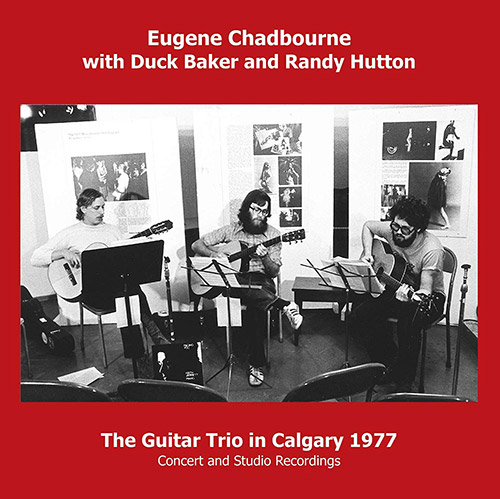
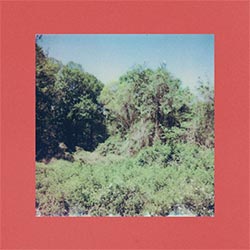
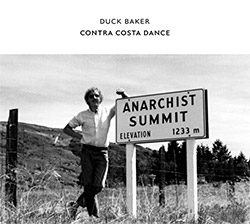
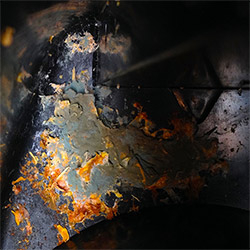


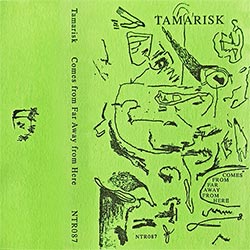
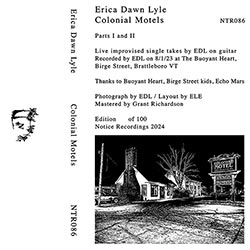








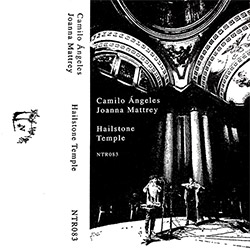
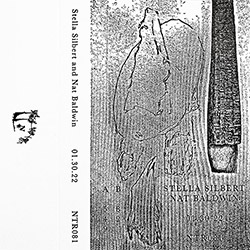


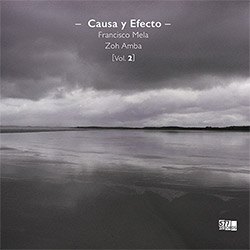
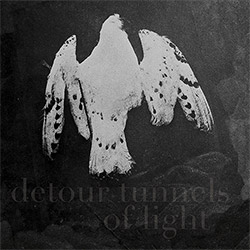

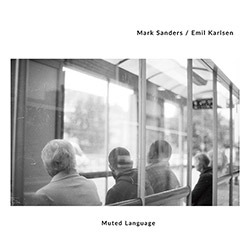
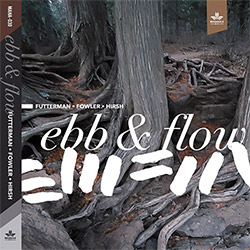









![Weston, Matt: Communism Has Appeared On The Scene [VINYL 2 LPs]](https://www.teuthida.com/productImages/misc4/35546.jpg)
![Coleman, Steve & Five Elements: PolyTropos / Of Many Turns [2 CDs]](https://www.teuthida.com/productImages/misc4/35476.jpg)
![Sorey, Tyshawn (w/ Diehl / Ragahavan): The Susceptible Now [DOUBLE VINYL]](https://www.teuthida.com/productImages/misc4/35477.jpg)
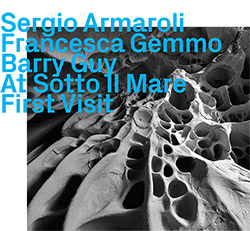
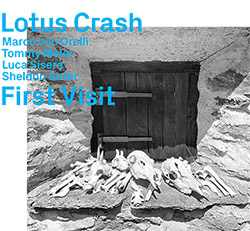
![John Coltrane Quartet (Coltrane / Tyner / Garrison / Jones): Impressions From Graz 1962, Revisited [2 CDs]](https://www.teuthida.com/productImages/misc4/35495.jpg)
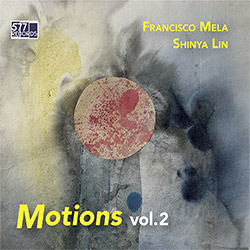
![Guy, Barry / Ken Vandermark: Occasional Poems [2 CDs]](https://www.teuthida.com/productImages/misc4/34849.jpg)
![Novoa / Carter / Mela Trio: Vol.1 [VINYL]](https://www.teuthida.com/productImages/misc4/35236.jpg)
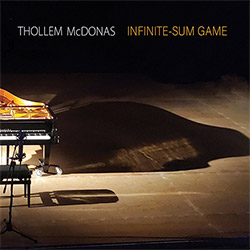

![Elephant9 : Mythical River [VINYL]](https://www.teuthida.com/productImages/misc4/34624.jpg)
![Evans, Peter (Evans / Eldh / Black): Extra [VINYL]](https://www.teuthida.com/productImages/misc4/35279.jpg)

![McPhee, Joe: Straight Up, Without Wings [BOOK]](https://www.teuthida.com/productImages/misc4/35454.jpg)
![Jeck, Philip: rpm [2 CDs]](https://www.teuthida.com/productImages/misc4/35455.jpg)
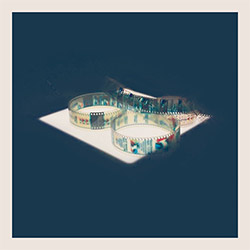
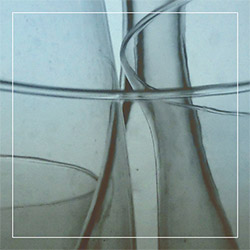

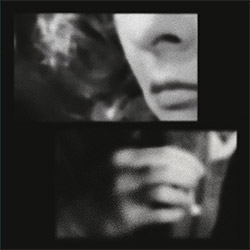





![Barker / Parker / Irabagon: Bakunawa [VINYL]](https://www.teuthida.com/productImages/misc4/35533.jpg)


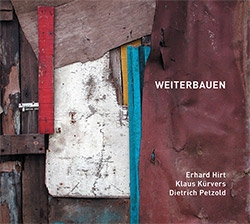

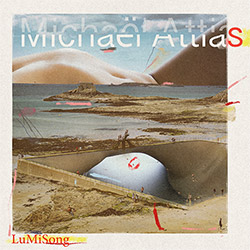
![Blaser, Samuel / Marc Ducret / Peter Bruun: Dark Was The Night, Cold Was The Ground [VINYL 10-inch]](https://www.teuthida.com/productImages/misc4/35492.jpg)



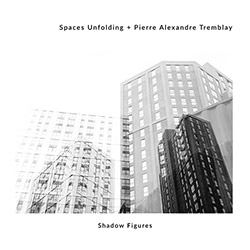

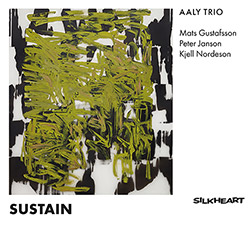
![Warren, Kenny (Warren / Hoffman / Ellman): Sweet World [VINYL]](https://www.teuthida.com/productImages/misc4/35451.jpg)


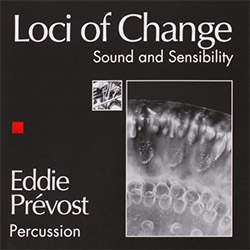

![Blake, Ran / Dave Knife Fabris: Live Amsterdam 2006, First Visit [CD + POSTCARDS]](https://www.teuthida.com/productImages/misc4/35275.jpg)

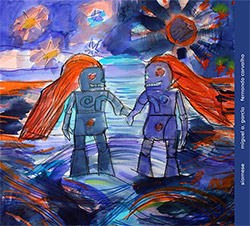
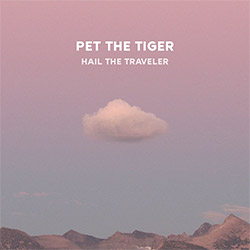

![DNS: Taking Big Bites Of The Khandas Three Cafes Deep [2 CDs]](https://www.teuthida.com/productImages/misc4/35334.jpg)
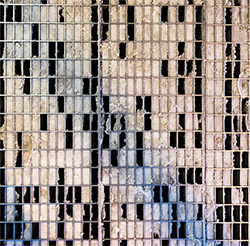
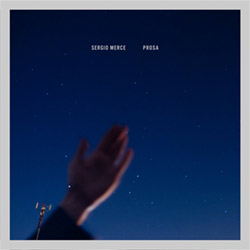
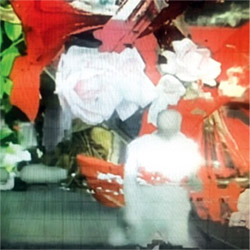

![Cleaver, Gerald: The Process [VINYL]](https://www.teuthida.com/productImages/misc4/34966.jpg)
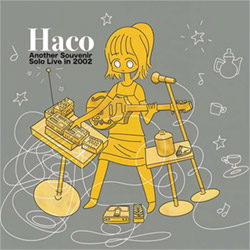


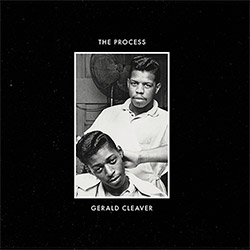
![Alva Noto: HYbr:ID II [VINYL 2 LPs]](https://www.teuthida.com/productImages/misc4/35201.jpg)
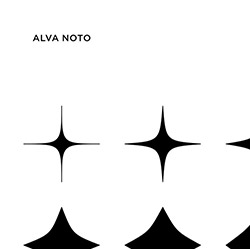


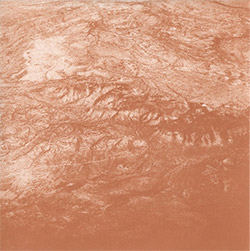
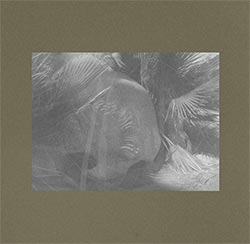
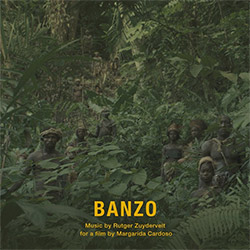




![Sanna, Claudio: Compositori Sardi Contemporanei II [2 CDs]](https://www.teuthida.com/productImages/misc4/35317.jpg)



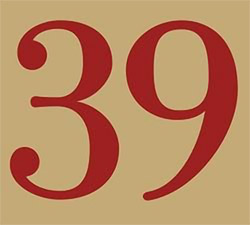
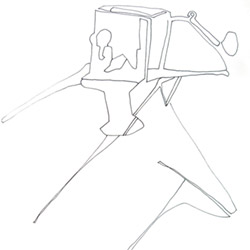


![Zurria, Manuel: Fame di Vento [3 CDs]](https://www.teuthida.com/productImages/misc4/35167.jpg)
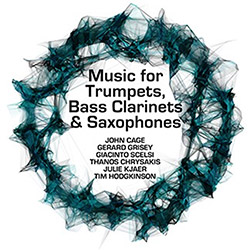
![Granberg, Magnus / Nattens Inbrott / Skogen: Holde Traume, Kehret Wieder! [2 CDs]](https://www.teuthida.com/productImages/misc4/35038.jpg)
![Frey, Jurg: Outermost Melodie [2 CDs]](https://www.teuthida.com/productImages/misc4/35039.jpg)

![Pavone, Jessica: Reverse Bloom [VINYL]](https://www.teuthida.com/productImages/misc4/34895.jpg)


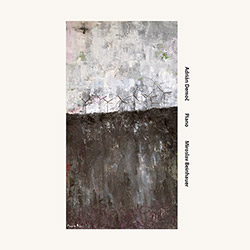

![Modney (Modney / Wooley / Gentile / Roberts / Pluta / Symthe / ...): Ascending Primes [2 CDs]](https://www.teuthida.com/productImages/misc4/34852.jpg)






![Elephant9 with Terje Rypdal: Catching Fire [VINYL 2 LPs]](https://www.teuthida.com/productImages/misc4/35355.jpg)
![Deerlady (Obomsawin, Mali / Magdalena Abrego): Greatest Hits [VINYL]](https://www.teuthida.com/productImages/misc4/34876.jpg)




![Haino, Keiji: Black Blues [2 CDs]](https://www.teuthida.com/productImages/misc4/35109.jpg)



![Surplus 1980: Illusion of Consistency [CD]](https://www.teuthida.com/productImages/misc4/35069.jpg)
![Staiano, Moe: Away Towards the Light [VINYL + DOWNLOAD]](https://www.teuthida.com/productImages/misc4/35037.jpg)



![Caveira (Gomes / Sousa / Abras / Ferrandini): Ficar Vivo [VINYL]](https://www.teuthida.com/productImages/misc4/34643.jpg)
![Gregg, J. J. / David Van Auken: Lunar Prairie [CD w/ DOWNLOAD]](https://www.teuthida.com/productImages/misc4/34611.jpg)
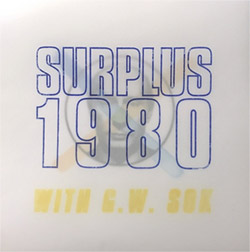
![Coultrain: Mundus [VINYL]](https://www.teuthida.com/productImages/misc4/32439.jpg)
![Mattin: Songbook #6 [VINYL]](https://www.teuthida.com/productImages/misc4/27317.jpg)
![Punkappella: Wake Up [7-inch VINYL]](https://www.teuthida.com/productImages/misc4/17519.jpg)
![Residents, The: WARNING: UNiNC.: Live And Experimental Recordings 1971-1972 [VINYL 2 LPs]](https://www.teuthida.com/productImages/misc4/31521.jpg)
![Coultrain: Phantasmagoria [VINYL]](https://www.teuthida.com/productImages/misc4/30142.jpg)
![Lennon, Sean Ono: Asterisms [VINYL]](https://www.teuthida.com/productImages/misc4/34517.jpg)
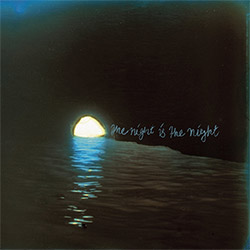
![Coley, Byron: Dating Tips for Touring Bands [VINYL]](https://www.teuthida.com/productImages/misc4/17906.jpg)

![Lost Kisses: My Life is Sad & Funny [DVD]](https://www.teuthida.com/productImages/misc4/lostKissesDVD.jpg)